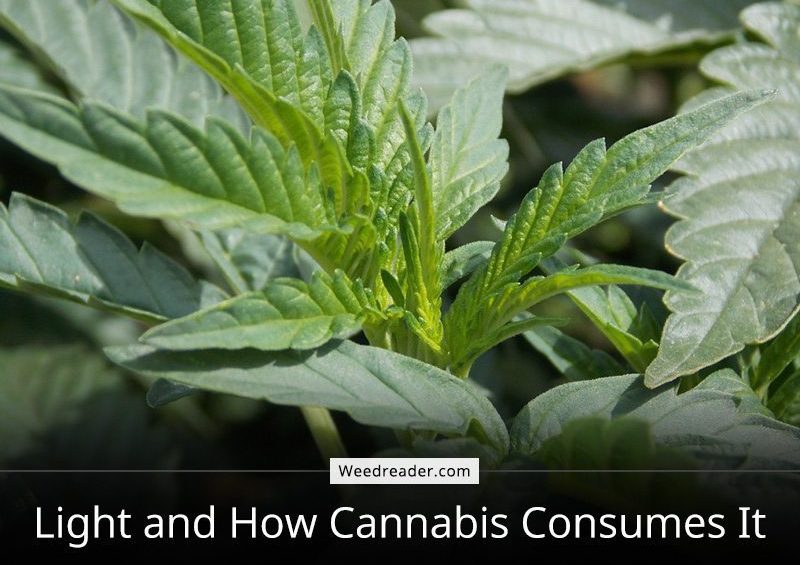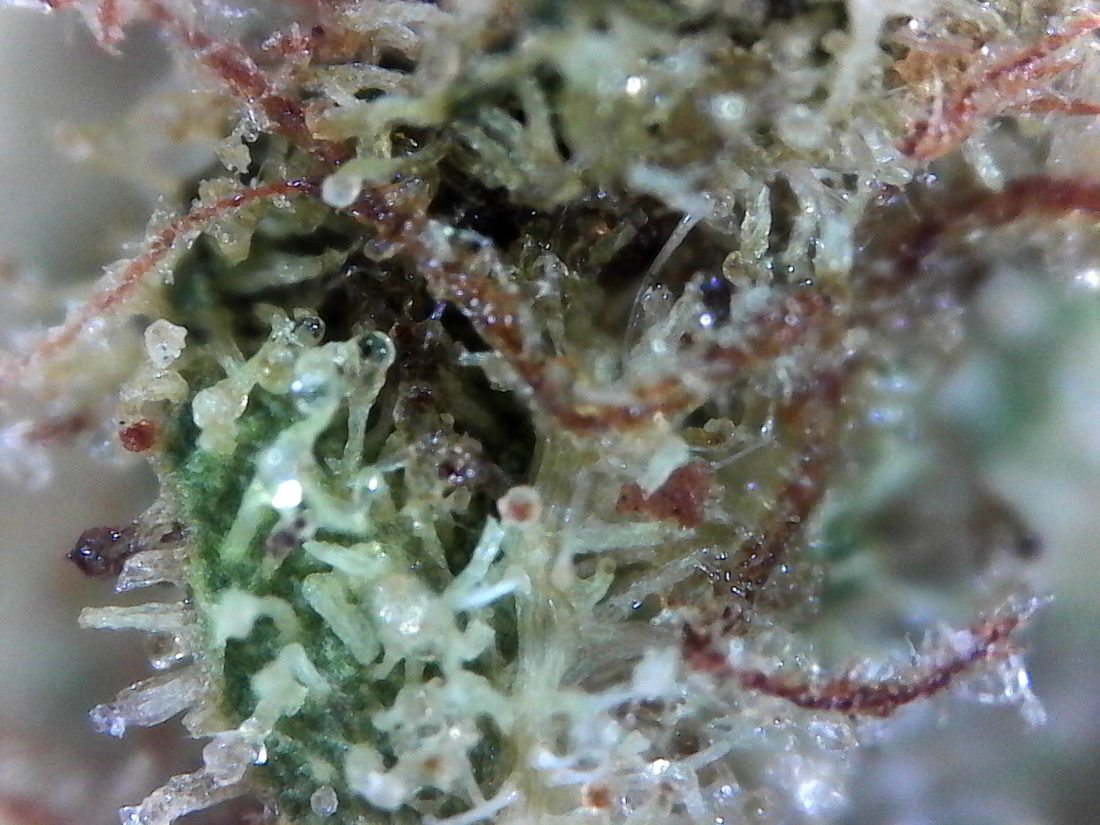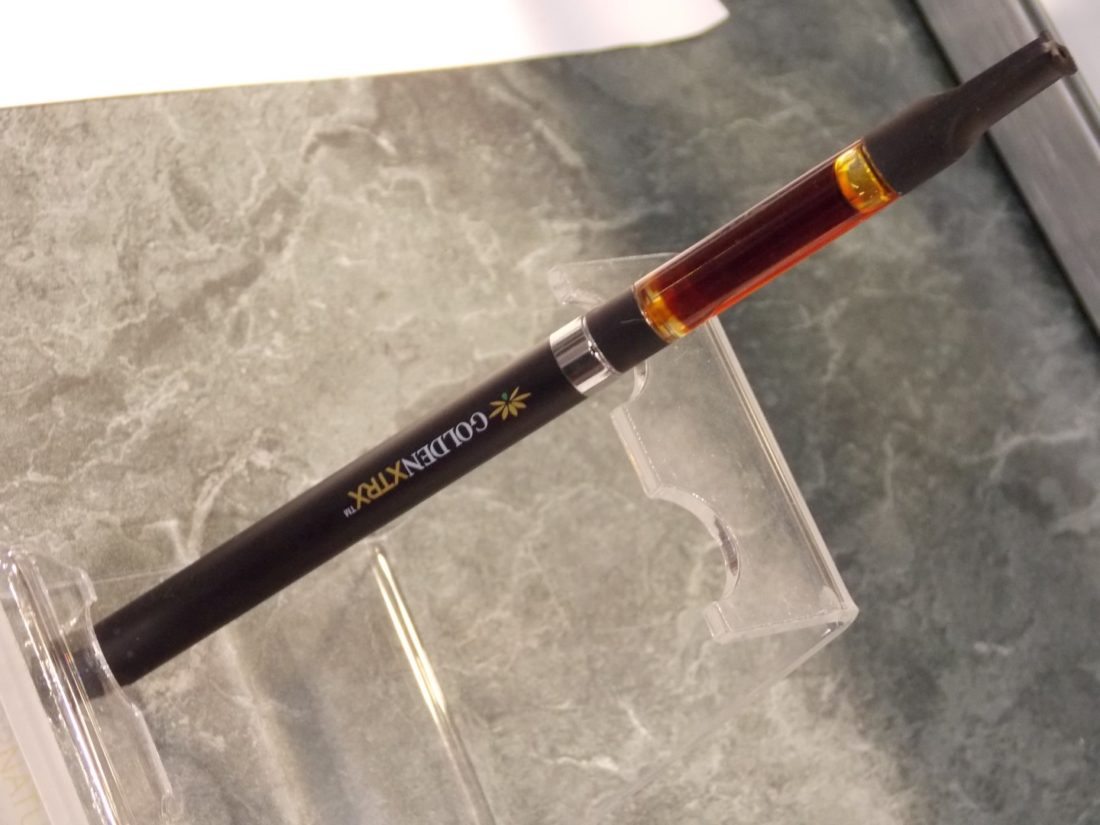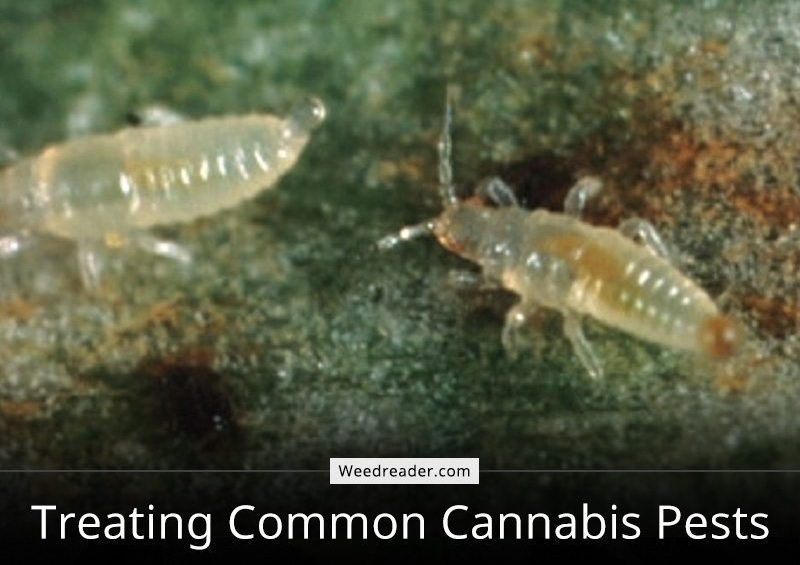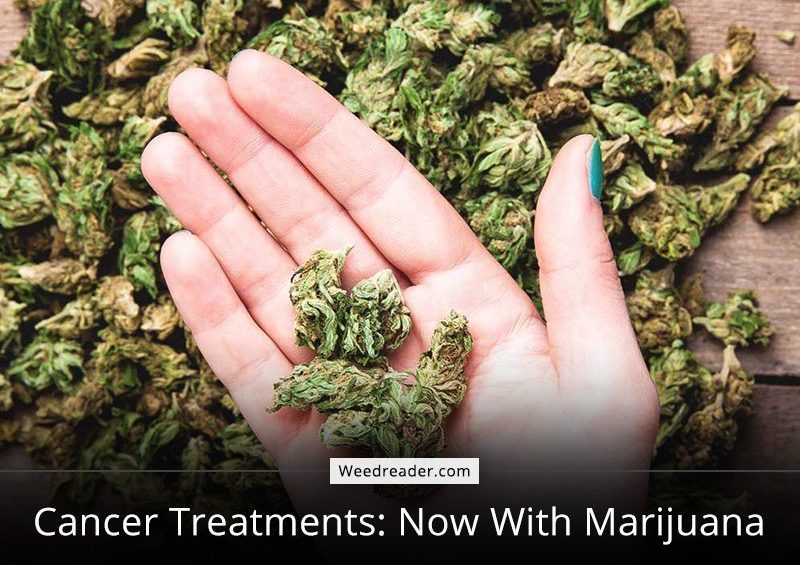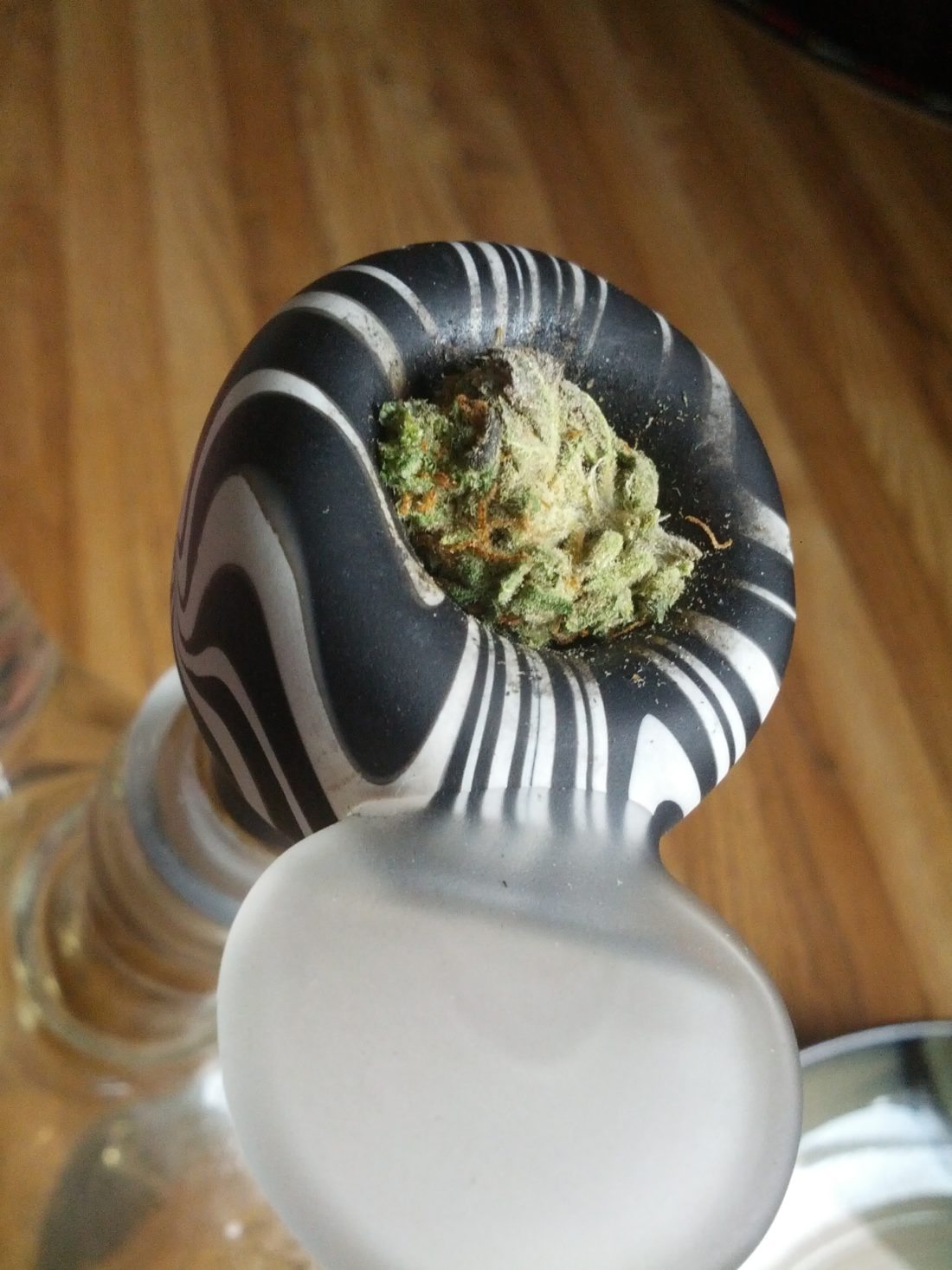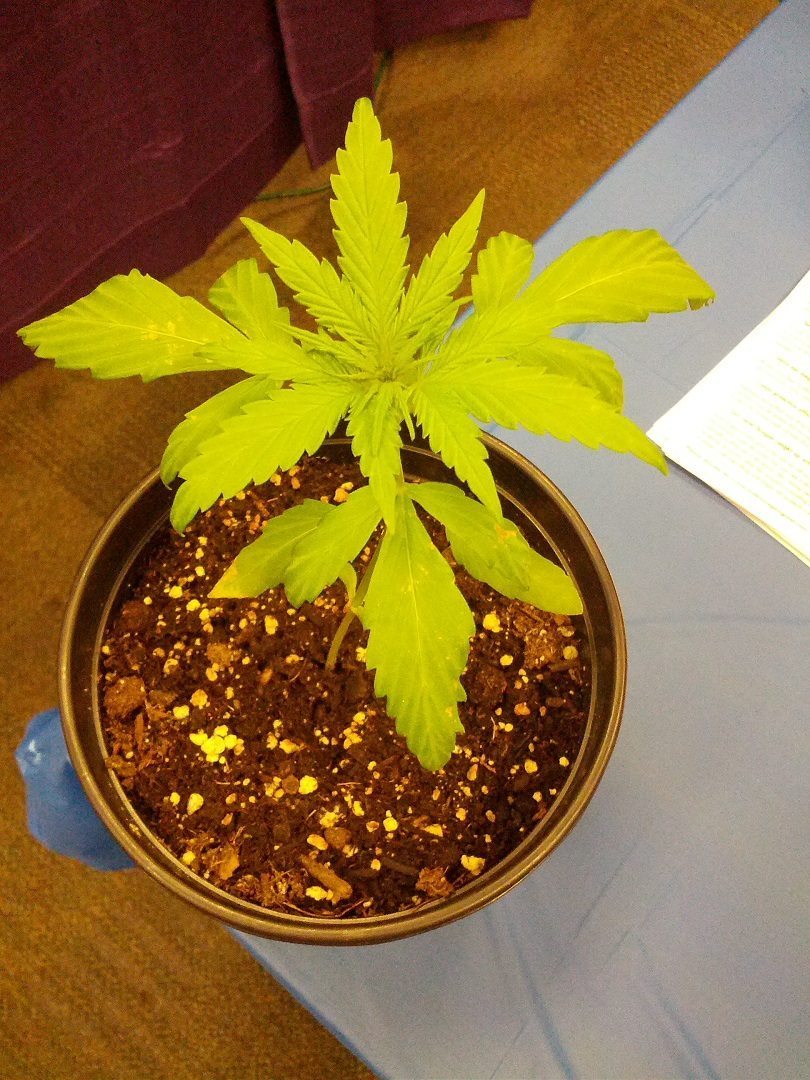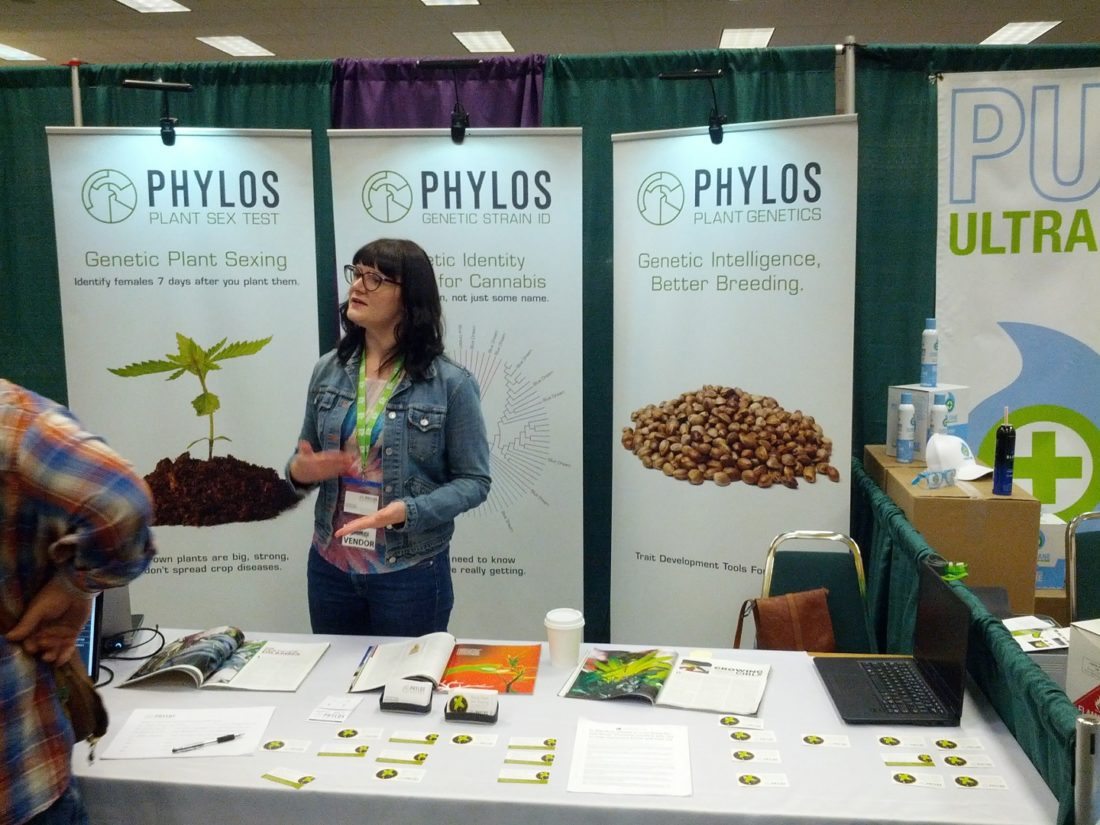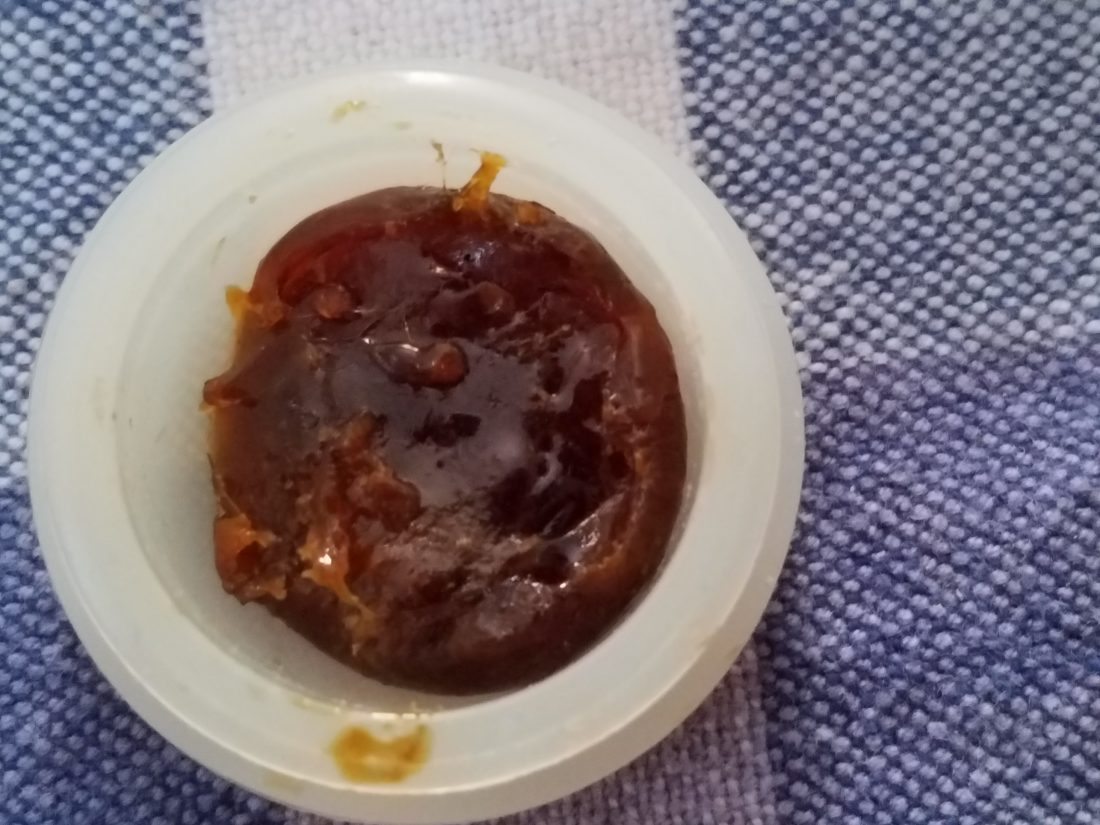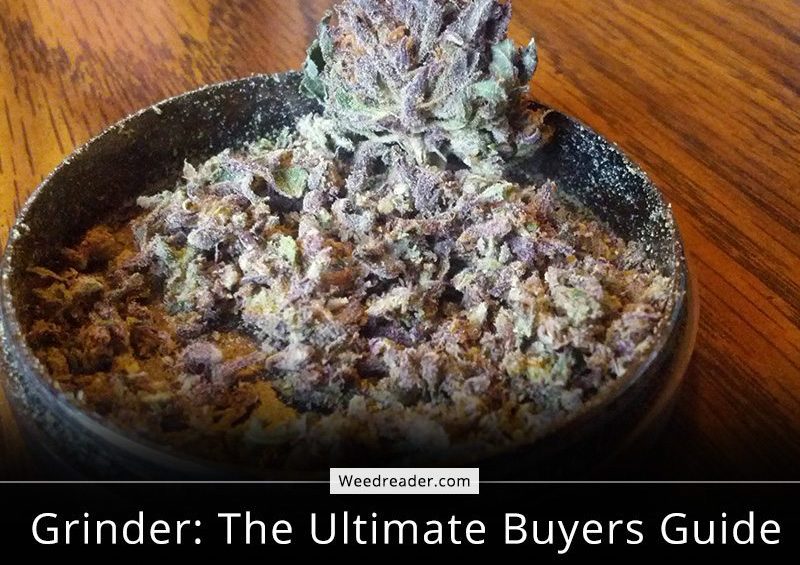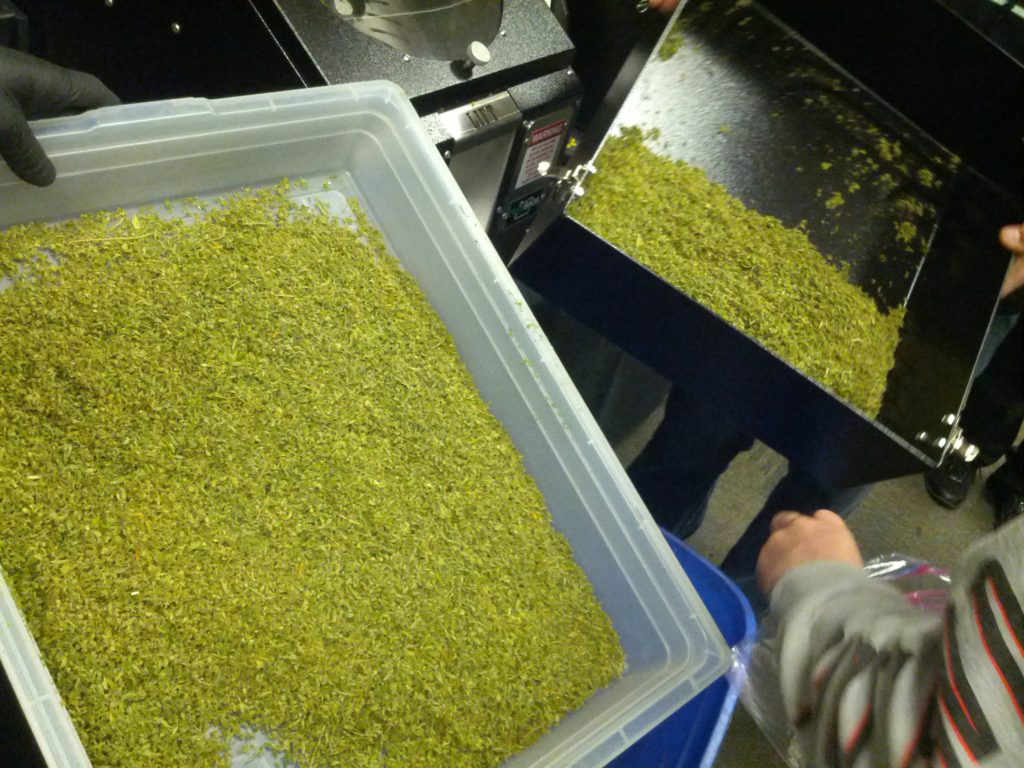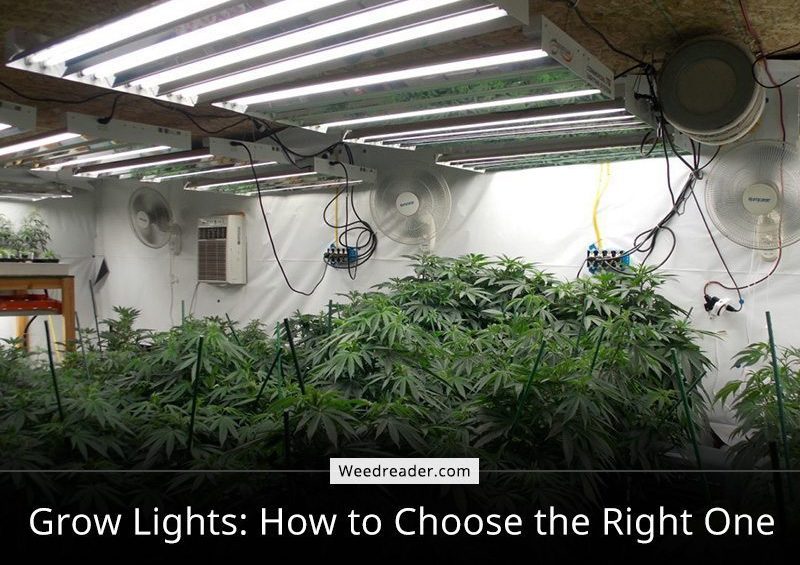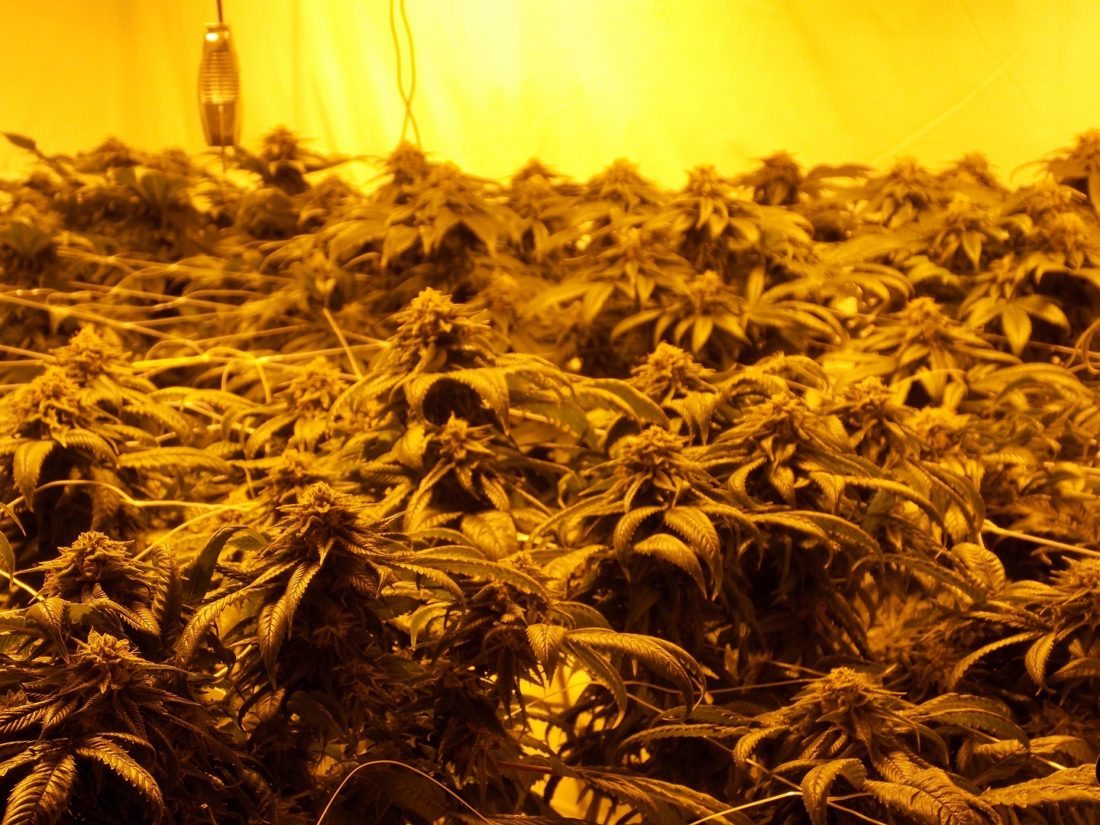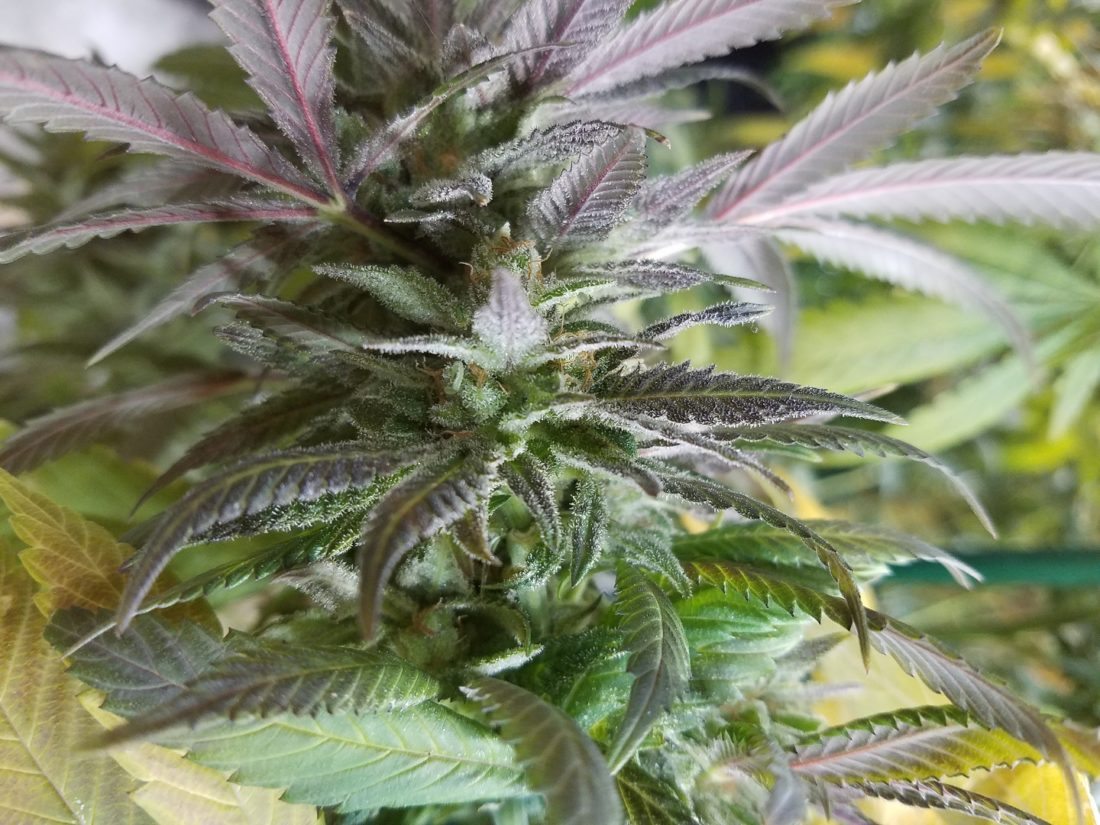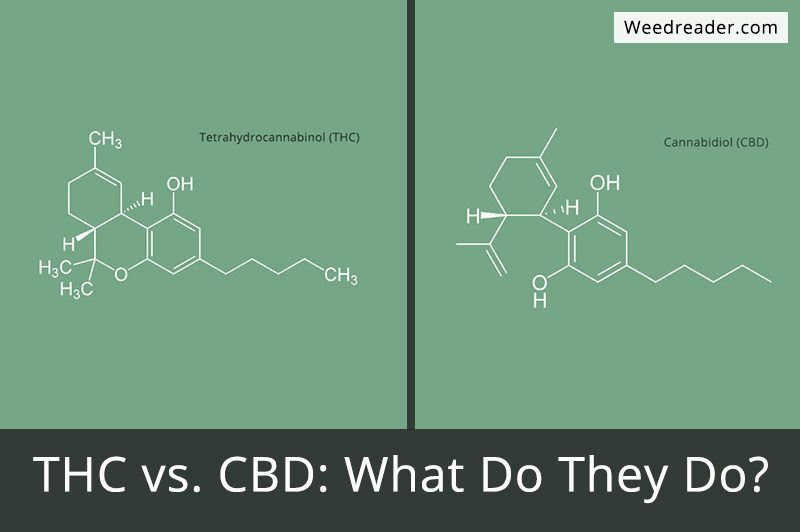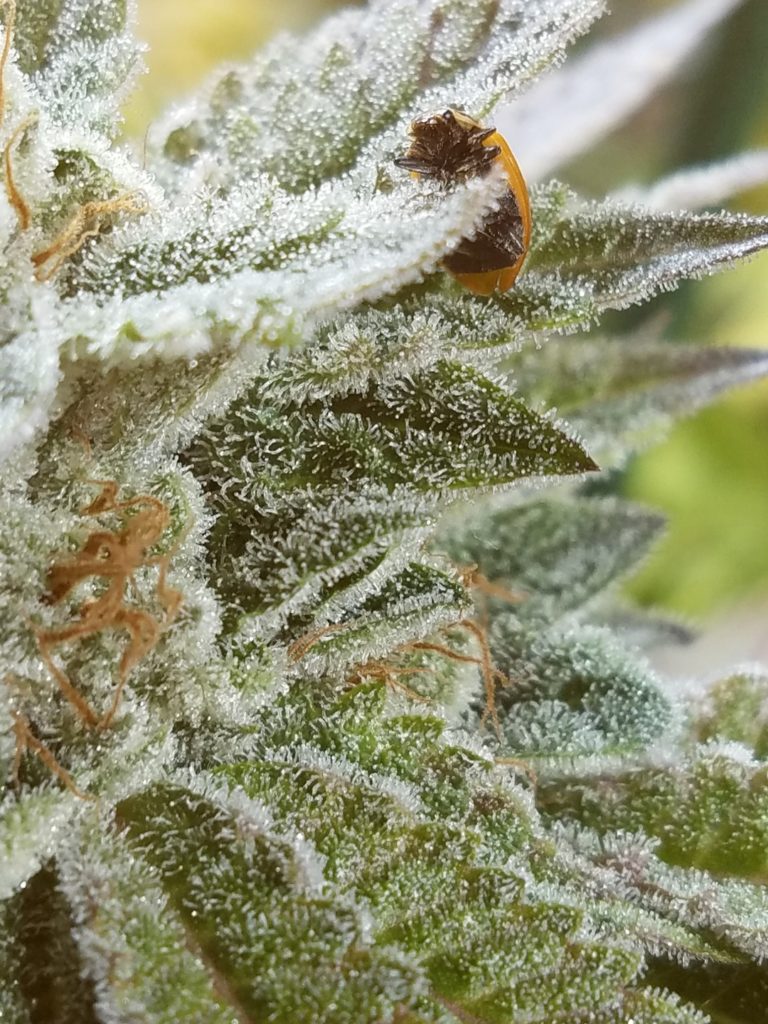In the eons before dinosaurs, plants dined on light.
During the early formation of our planet, there was no oxygen to breath, only water and light. This paradise of water and photons gave rise to the first plants. Not like the orchids and redwoods we are accustomed to today, early plants were mostly algae in the early oceans. These early plants developed a way to transform light into food.
By using sunlight to convert light energy into chemical energy, plants were able to store it for later use. Although photosynthesis is performed differently by different species, the process always begins when energy from light is absorbed by proteins called reaction centers that contain green chlorophyll pigments.
In plants like cannabis, these proteins are held inside organelles called chloroplasts, which are most abundant in leaf cells. In the light-dependent reactions, one molecule of the pigment chlorophyll absorbs one photon and loses one electron. This electron is passed to a modified form of chlorophyll called pheophytin and the process propels a chain reaction of life.
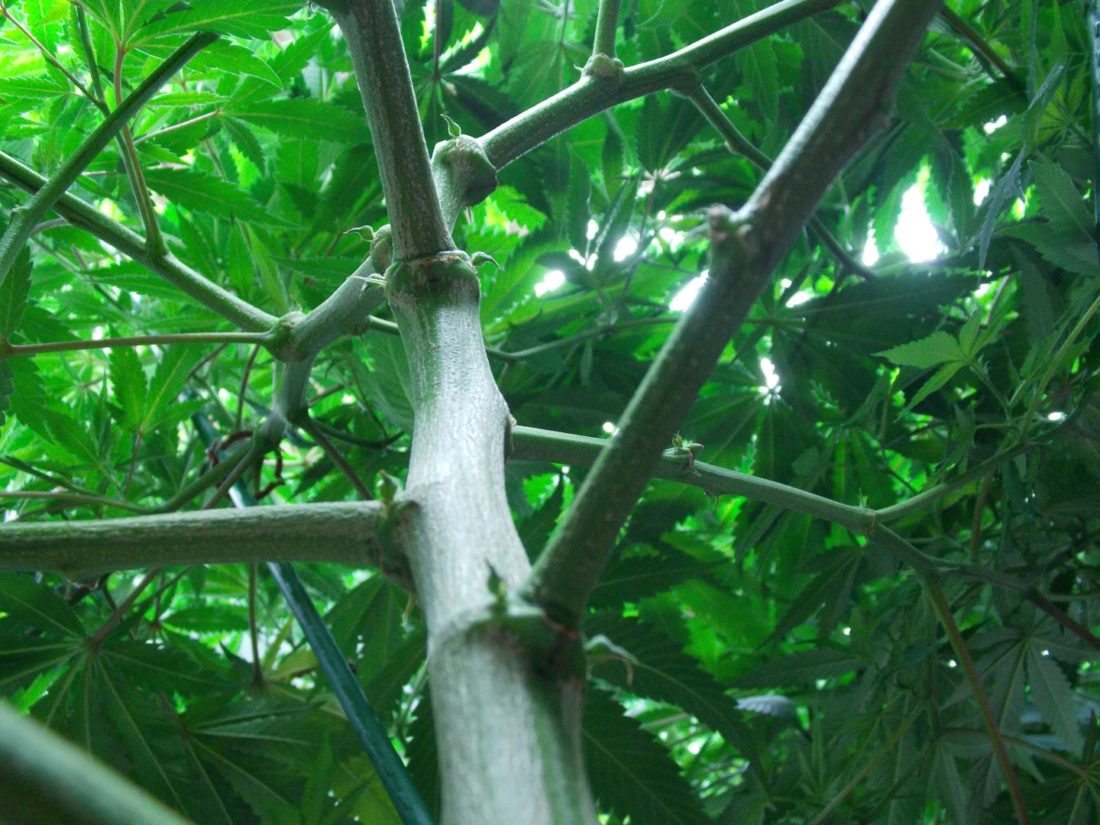
Plants can use light from across the visible spectrum for photosynthesis.
Yet some wavelengths of light are more useful to a plant than others. Wavelengths that the plant uses a lot of get absorbed into its leaves and stem while wavelengths they don’t use get reflected back. We only see plants as green because they don’t use green light energy. They reflect the one color they don’t photosynthesize so we perceive them as green.
Because of how plants evolved their ability to photosynthesize, different wavelengths are needed in greater amounts at certain stages of a plant’s growth, such as the blue and red. Light high in the blue range enhances vegetative growth, while red light strongly influences flowering and fruiting.
What we perceive as visible light is comprised of seven main colors. All the odd colors we see like pinks, browns, and beiges are just mixtures of other colors. Our eyes can only register wavelengths of light are within the 400 to 700nm range. Below 400nm, we move towards ultra violet, x-ray and finally gamma rays. Above 700nm is infra red, then microwave and finally radio waves.
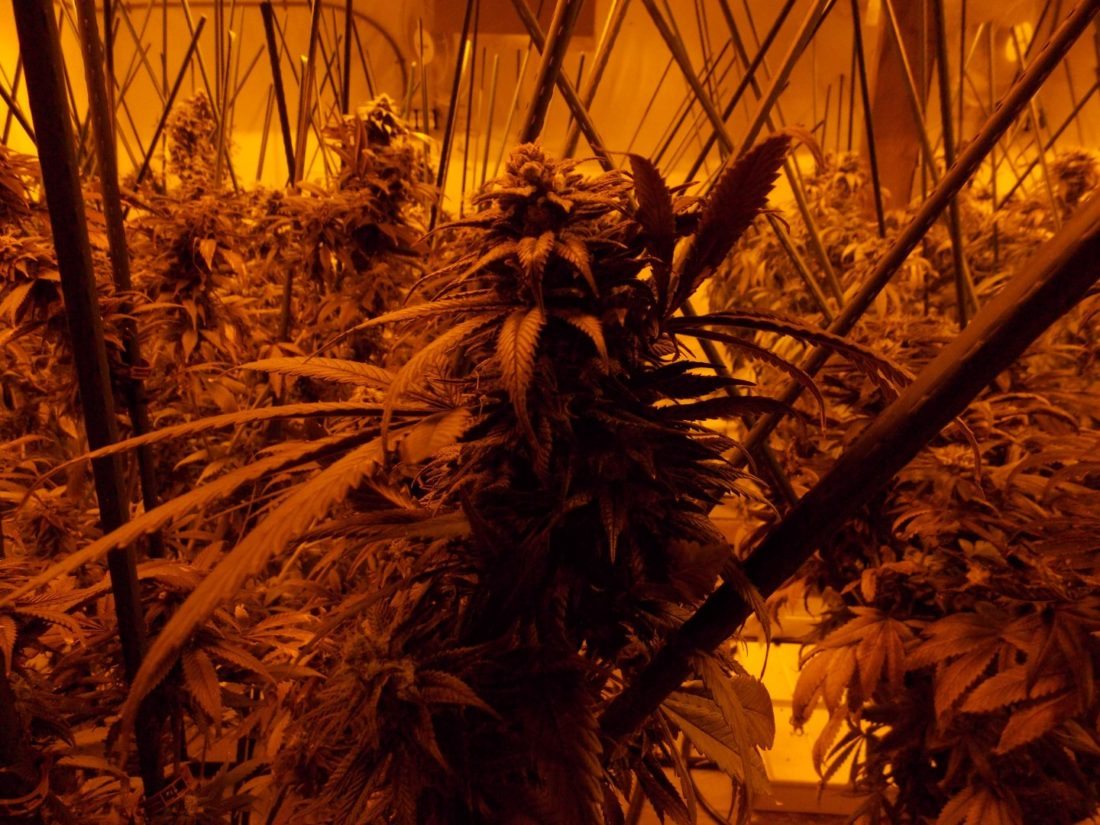
Let’s start with some measurements.
Nanometres (nm) are a measurement of light waves. Each degree in Kelvin (°K) rates the ‘temperature’ of a light and offers an indication to the peak nanometers (nm) or color within the spectrum. The lower the nm, the more blue the light appears while higher numbers look red.
Marijuana uses light from approximately 420nm through to 750nm. But what does that mean? To understand the unique diet of cannabis (and make those real yield gains) we need to create the ideal environment for the plants.
Giving them just any light simply won’t do if the goal is heavy crops (and who doesn’t want that?). Normal incandescent bulbs produce more high energy wavelengths like infra red (heat) and midrange light (550-650nm) than anything else. Anyone who has tried to grow a plant in a room lit only by incandescent bulbs can attest to their poor performance so avoid trying to grow with them.
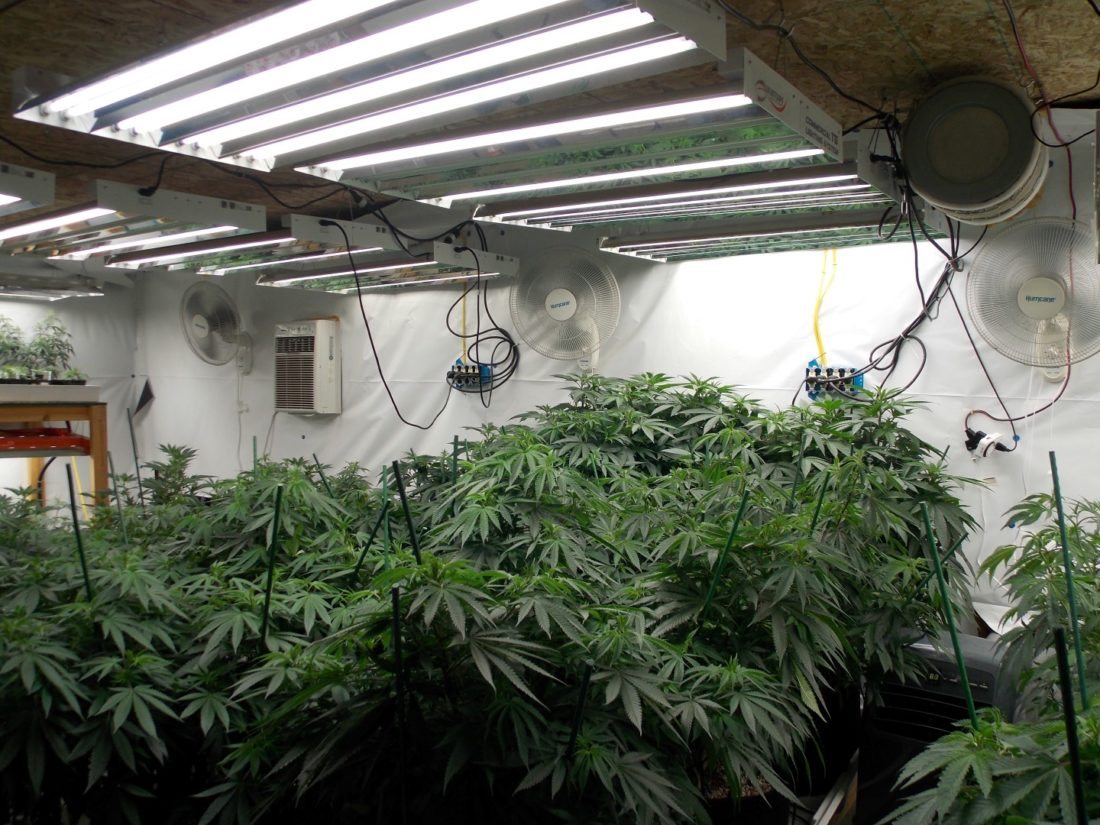 Even light in the right wavelength may not have the right amount of lumens.
Even light in the right wavelength may not have the right amount of lumens.
Cannabis need light from the right part of the spectrum with the right amount of intensity to encourage proper yet fast growth. Marijuana evolved to grow under sunlight which changes intensity over the seasons. Young weed plants can be easily burned if put under the same intensity of light as a mature ones.
For this reason, many cultivators use different lighting techniques for the different stages of plant growth. Fluorescent lights produce the right wavelengths for growth but lack the intensity of other lighting options making them the standard for use with seedlings and young clones. HPS (High Pressure Sodium) and MH(Metal Halide) are industry standard lighting options that are used during vegetative and flowering stages although LED (Light Emitting Diode) are quickly establishing themselves as premium lights in the market.
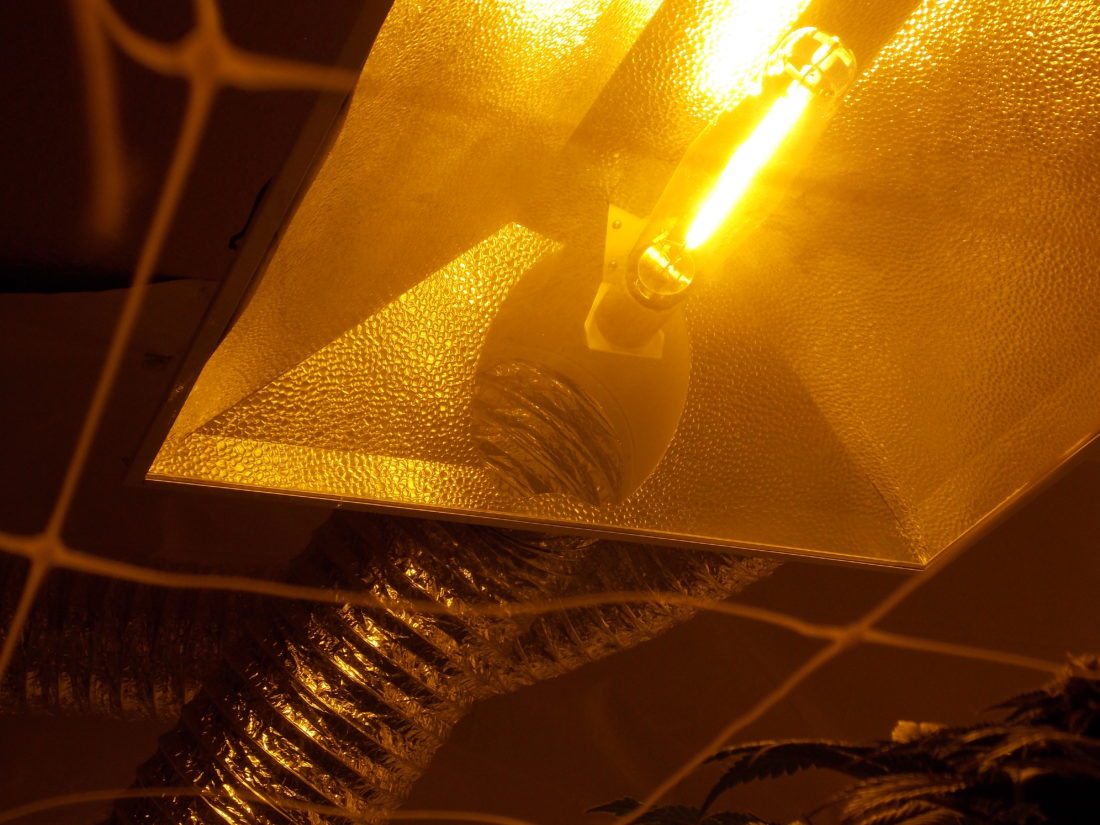
There are a few different types of light.
HPS lights offer light from approximately 540 through to 700 nm, typically yellow, amber and red light so they are great for flowering/budding marijuana. These lights tend to burn hot and need to be ventilated as well as hung from a decent distance from the plants. This makes having a tall area to grow in a priority. Luckily, the light produced by HPS lights penetrates deeply into thick canopies which is perfect for the flowering stage when buds and leaves are competing for room.
MH lights offer light from approximately 350 to 550 nm in the blue, green to yellow range. However exact levels depend on what lamp your purchase as some lamps are ‘cooler’ and others a bit ‘warmer’ than average. MH lights are good for the vegetative stage but not as much for the flowering/bud stage.
Lighting is going high tech.
LED grow lights can have a mix of LED diodes in a single ballast or specialized ones. This gives cultivators one more variable to work with but it also opens up a whole world of adjustment. With the increased lifespan of diodes over bulbs, reduced energy consumption and lower heat production, it is easy to see why cultivators are switching to LED.
While LEDs are far more efficient then HPS or MH lights (with almost 30% savings reported on average) they come with a significantly higher initial price tag. Small projects and weekend cultivators may not want to shell out the cash needed to obtain a quality growing LED but commercial outfits normally opt to go with the reduced energy consumption and quickly make back the difference in initial price.
LEDs also have the benefit of not needing specialized heat venting as they produce almost no heat. While HPS and MH lights require ducting, fans and additional controllers, LED lights don’t need any of that while providing a dynamic mix of color temperatures. The best LEDs are full spectrum and use some blues, some reds and a very stable white to create broad (full) spectrum LED grow light. These are the new breed of grow light and cover the full light range from around 420 through 750 nm.

